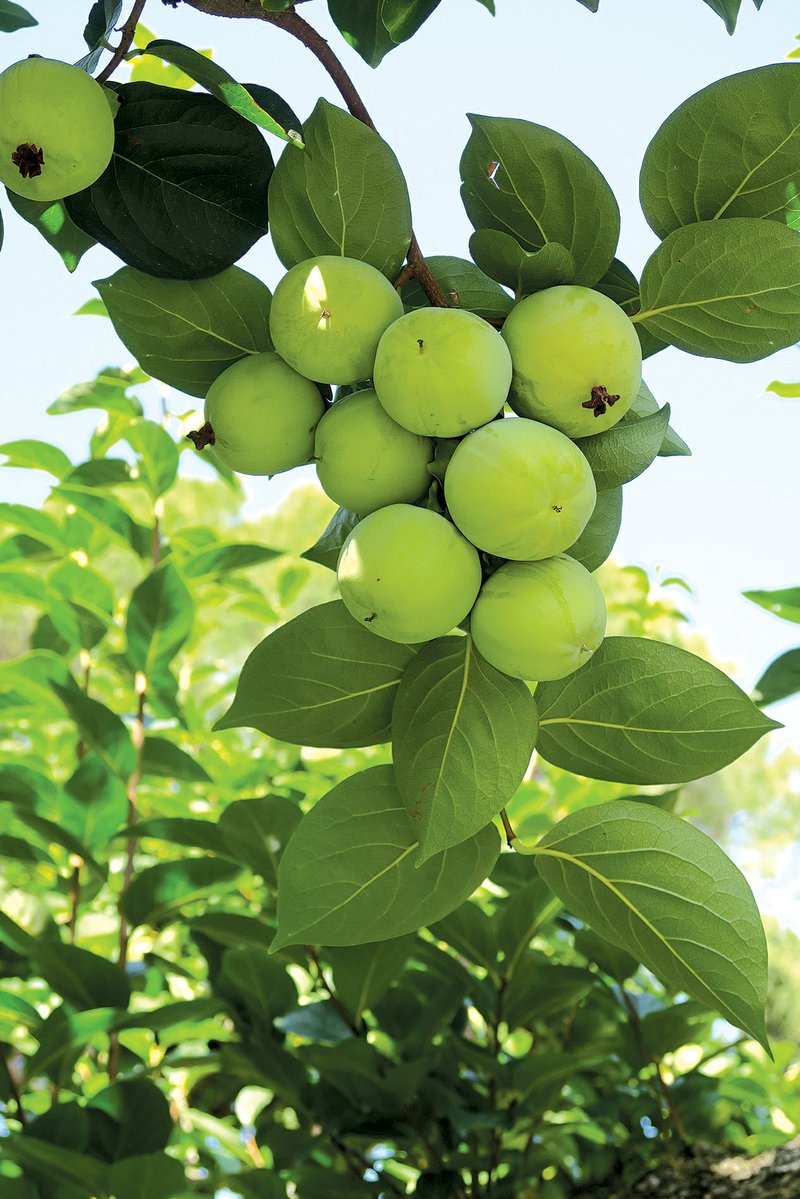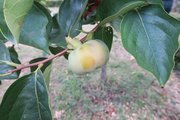NOVEMBER
Many people are saying we went from summer to winter overnight. Some parts of the state have had a frost, but others have not. Regardless, the lower temperatures make it pleasant to get outside and rake some leaves, and get some gardening chores done.
• I hope all your tender plants have been moved indoors or to protected places. Don't be alarmed if some of the leaves fall as plants acclimate to inside conditions, which are low on light and humidity.
• Cleanup season is here, in your flower beds and vegetable gardens. Cut back the fronds of asparagus as they die back, and put down a light layer of mulch. If your vegetable plants struggled with insects and diseases, rake up the spent debris now and dispose of it. Don't add it to your compost pile or you will have more problems next season.
• The leaves have been falling for months and will continue this month. A light layer on your lawn or garden is not a problem, but don't let them accumulate for too long. Heavy piles of leaves cut disease-preventing air flow, as well as the oxygen and sunlight plants need to live.
• Leaves are a great raw commodity for compost -- one of the best things to enrich your soils. Start your own compost pile or use shredded leaves as mulch in the garden.
• If you haven't planted your winter annual color, do so soon. From pansies to snapdragons, flowering kale, cabbage and Swiss chard, there are plenty of options, but they all need time for their roots to establish so they can make it through the winter.
• Fall is an excellent time to plant bulbs. The ground is cooling off and digging in the yard is pleasant. Plant your bulbs in a well-drained location in full sun. On average we plant the bulbs 2 or 3 times as deep as they are large.
• November is also the ideal month to plant a tree. Whether you need a large shade tree or a smaller ornamental tree, while they are dormant and not putting energy into making leaves they can get their root systems established. This will help them survive the first summer. Water is always important, even when a tree is dormant.
• Many vegetable gardeners are now gardening year-round adding just a little bit of extra cover as needed. Most cool-season vegetables will tolerate light frosts with no covering. If temperatures get much below 28 degrees, then covering them with a cardboard box, an inverted pot or a fabric cover can help. High tunnels or row covers also extend the gardening season.
PLANT OF THE MONTH
There are two types of persimmons grown in Arkansas, the native persimmon, with mature fruits that are 1 to 2 inches in diameter, and the Oriental persimmon, with mature fruits ranging from flat shaped to round grapefruit-size fruits that weigh a pound or more.
The native persimmon tree is dioecious: There are separate male and female trees. You need one of each to see fruit, and only the female tree will have any fruit.
Among the Oriental persimmons, some are self-fruitful and others need another variety nearby for pollination.
Persimmons can be grown from seed, but it can take four to nine years before they begin to bloom, and then you need to determine if they are male or female. Most trees offered in the trade are grafted and can begin to bear fruit in three to six years.
The common persimmon, Diospyros virginiana, is a slow growing, midsize native tree whose fruits ripen in the fall.
The word persimmon comes from the Algonquian Indian name for the tree. The Latin name Diospyros means "food of the gods," but if you have ever eaten a common persimmon fruit prior to a frost, you know the meaning of pucker-power. The fruits are highly astringent until they have fully ripened. While a frost is really not needed to ripen them, they do require a long season to become fully ripe, and if not ripe, they border on inedible.
Oriental persimmon fruit ripens from late August until early December, depending on the variety and weather conditions. Fuyu-Gaki persimmon is the most widely planted persimmon cultivar in the world. When fully ripe, its fruit turns a crimson red with a blue blush. It is also self-fruitful.
Other self-fruitful varieties include Gionbo, with very large (4 to 5 inch) orange, conical, astringent fruits; Great Wall, and Matsumoto. Most Oriental persimmon trees grow about 15 feet tall and wide and can be as ornamental as they are edible.
Persimmon fruits can be eaten raw or cooked, fresh or dried, and are eaten out of hand or used in baked goods, puddings and other desserts. Low in calories and fat, this little fruit contains all kinds of phytonutrients, flavonoids and antioxidants.
Janet B. Carson is a horticulture specialist for the University of Arkansas Cooperative Extension Service.
HomeStyle on 11/04/2017


